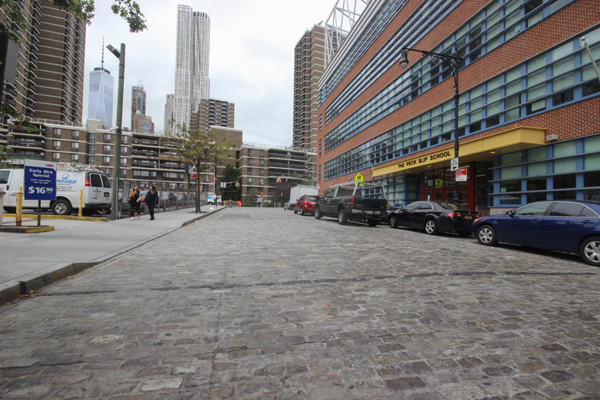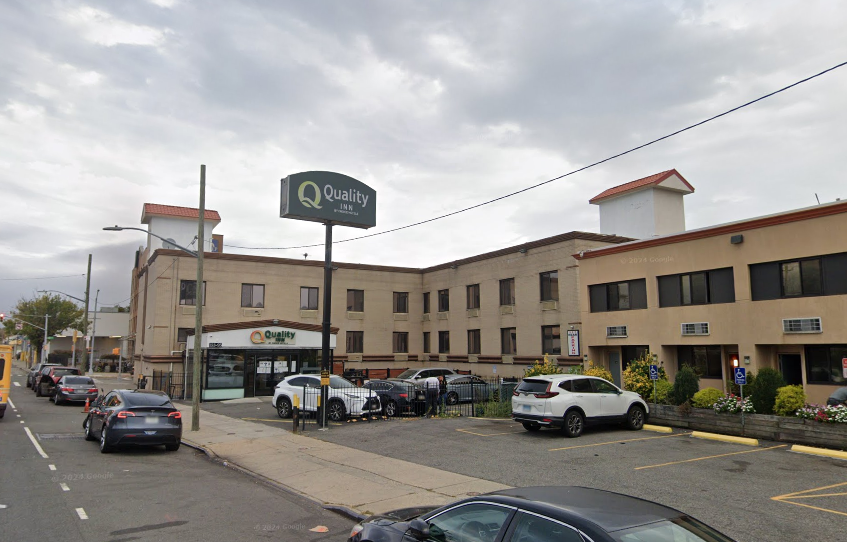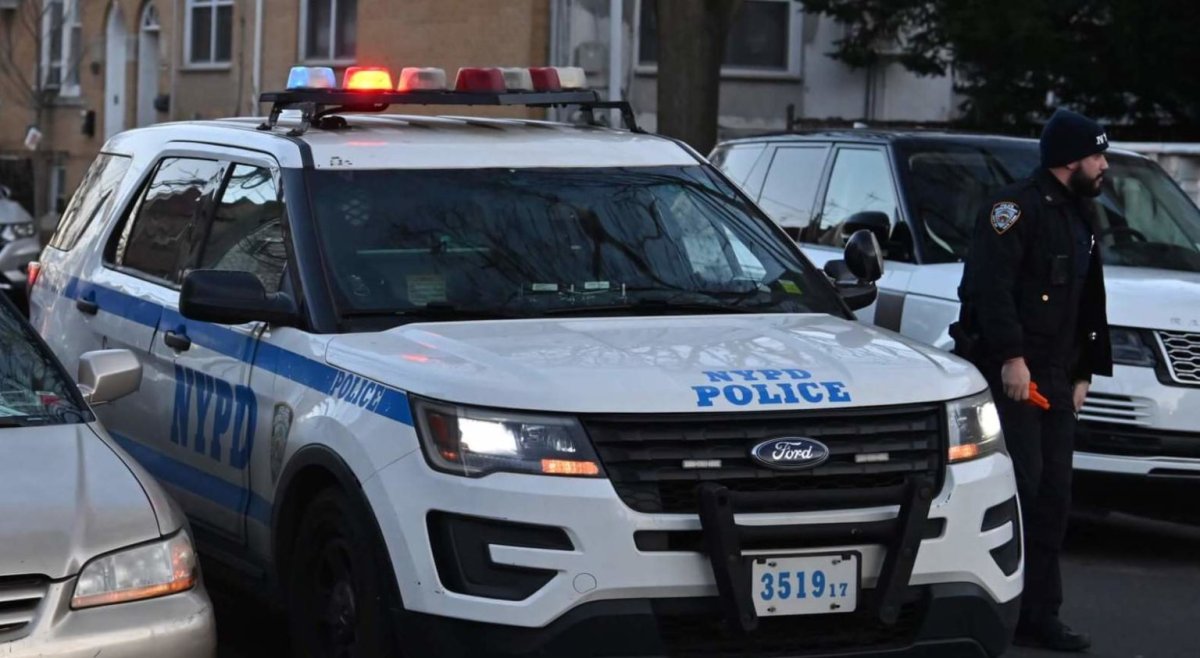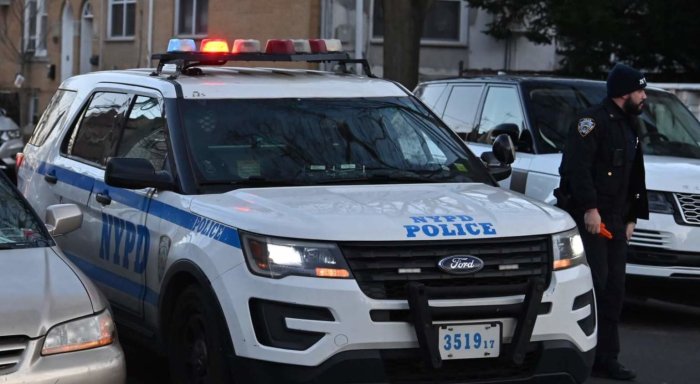
LAZ Parking, on the left, has finally agreed to allow Peck Slip School, on the right, to close its namesake street during school hours for use as an outdoor activity space.
BY COLIN MIXSON
The kids at Peck Slip School may soon have the additional play space that they desperately need, thanks to the efforts of local leaders at Community Board 1 who have won over the last holdout against converting the adjacent street into a recreational area.
The main obstacle to closing the road during school hours as a so-called “play street” was a parking lot across the street, which has an entrance on Peck Slip that it didn’t want to close.
Now lot operator and its landlord have agreed to create a new entrance on Pearl Street at their own expense, thereby paving the way for the adjacent road’s closure and leaving all parties optimistic that the elementary students at Peck Slip will be frolicking in the street before the school year is out, if not sooner, according to CB1 vice-chairman Paul Hovitz.
“I would not be surprised if we can get them to do it immediately,” said Hovitz. “I would be surprised if this can’t be accomplished by year’s end.”
Peck Slip School is Lower Manhattan’s first school to be constructed with a combined gym and auditorium, a decision that has earned the School Construction Authority no end of criticism from local parents, and which is largely blamed for leaving children there with a lack of adequate play space.
The school’s only outdoor play area, located on the roof, can’t accommodate enough kids to allow the student body sufficient recreation time, forcing grades to alternate the days they can have recess outdoors, according to principal Maggie Siena.
To compensate, Siena proposed closing the street out front during school hours, as many other public schools are allowed to do if neighbors agree. While not everyone in the Seaport area was initially onboard, the idea eventually came to enjoy popular support after no other solution availed itself.
The last opponent was LAZ Parking, which has an entrance on Peck Slip, and the Department of Transportation wouldn’t approve the play street unless the lot signed off.
But LAZ Parking wouldn’t even talk about it, according to Siena, who left several messages with the business’s corporate office that went unreturned.
Until recently, the only communiqué locals received on the matter came by way of a letter ridiculing the notion sent to CB1 by attorney Ross Moskowitz purporting to represent a “neighbor of the Peck Slip School”
The matter seemed to be at a standstill until CB1 chairman Anthony Notaro came up with the bright idea of going over LAZ Parking’s head and contacted an acquaintance at the parking lot’s landlord, Milstein Properties. And as luck would have it, the company was gearing up to renovate the property, according to Notaro.
“They want to do some improvements on the lot anyway, so it’s perfect timing for them to do this,” he said. “So it will cost them some money, but they were going to spend money anyway.”
On Oct. 20, representatives with Milstein, LAZ Parking, the Department of Buildings, and the DOT met at the parking lot along with Councilmember Margaret Chin, Natoro, and Hovitz, where they laid the groundwork for plans to open Peck Slip to the kids.
It was decided that an existing curb cut leading into the parking lot on Pearl Street would be widened by one lane, and Chin’s office to expedite the permits for the job, according to Hovitz.
He had gone into the meeting optimistic that Milstein and LAZ would give the elementary school their blessing to open Peck Slip as a play street immediately, but representatives for the businesses said they would have to report to their bosses and get back to them, he said,
“We did fine,” said Hovitz. “The only question that remains is when the play street becomes operational.”





























